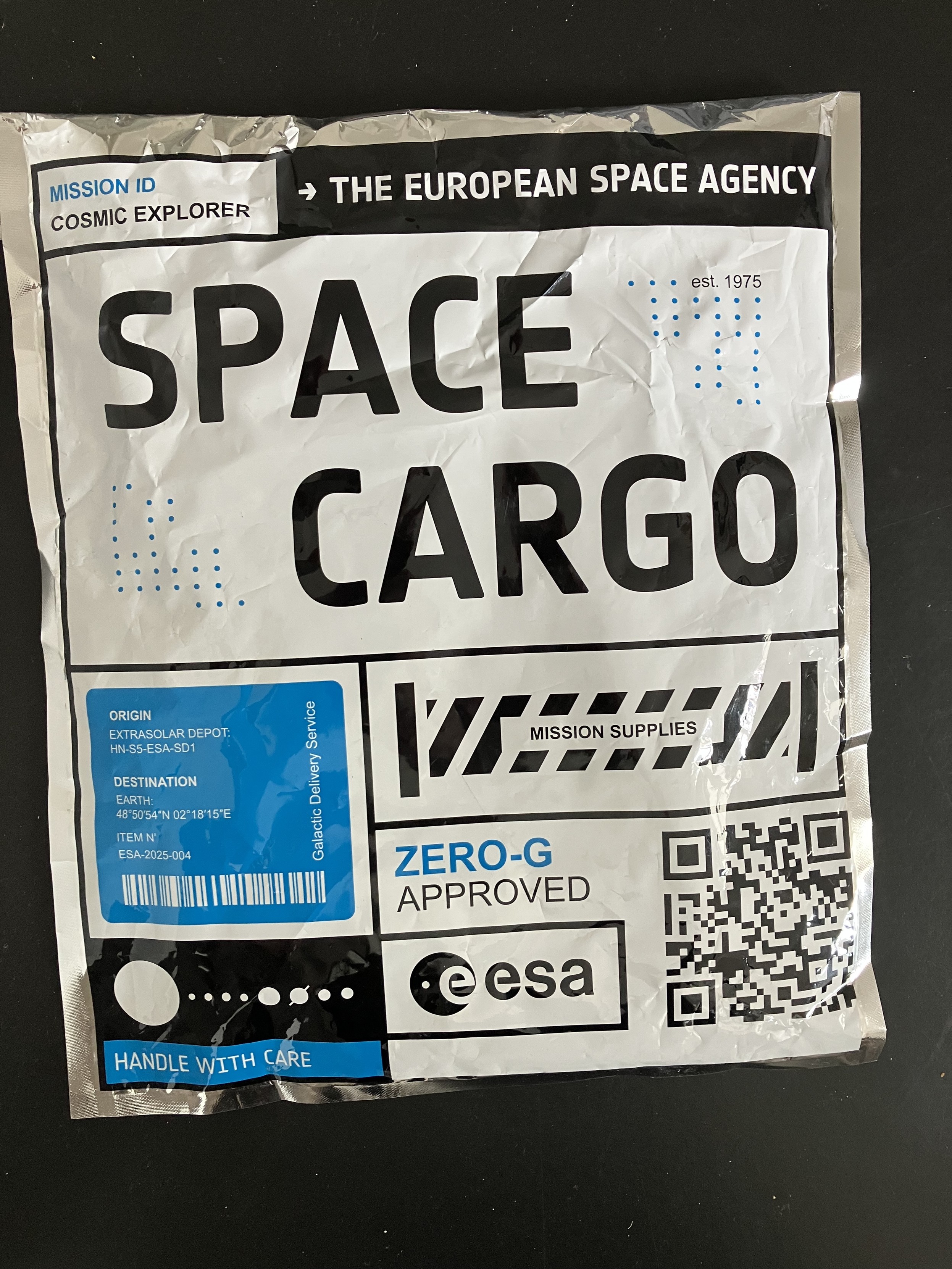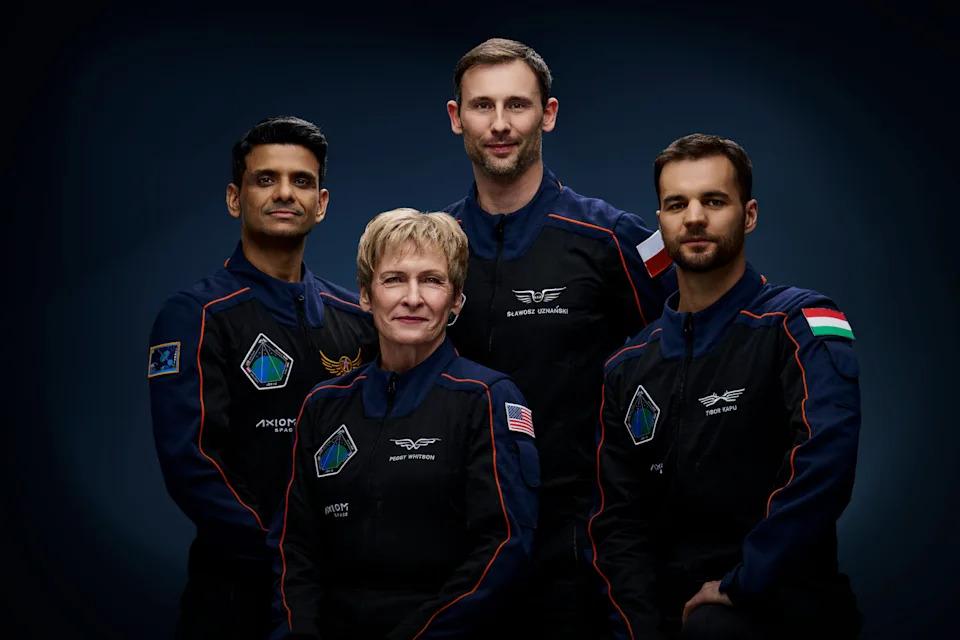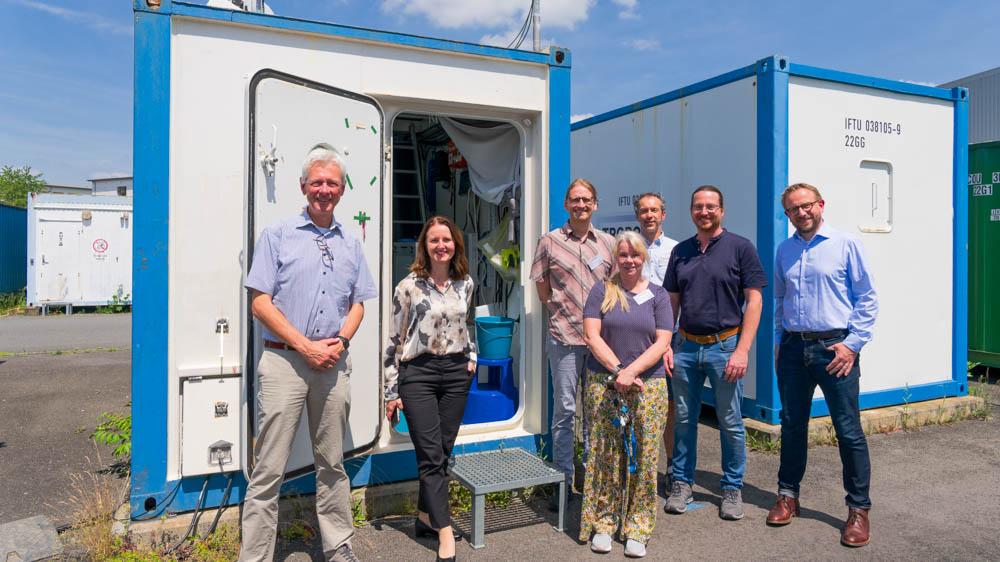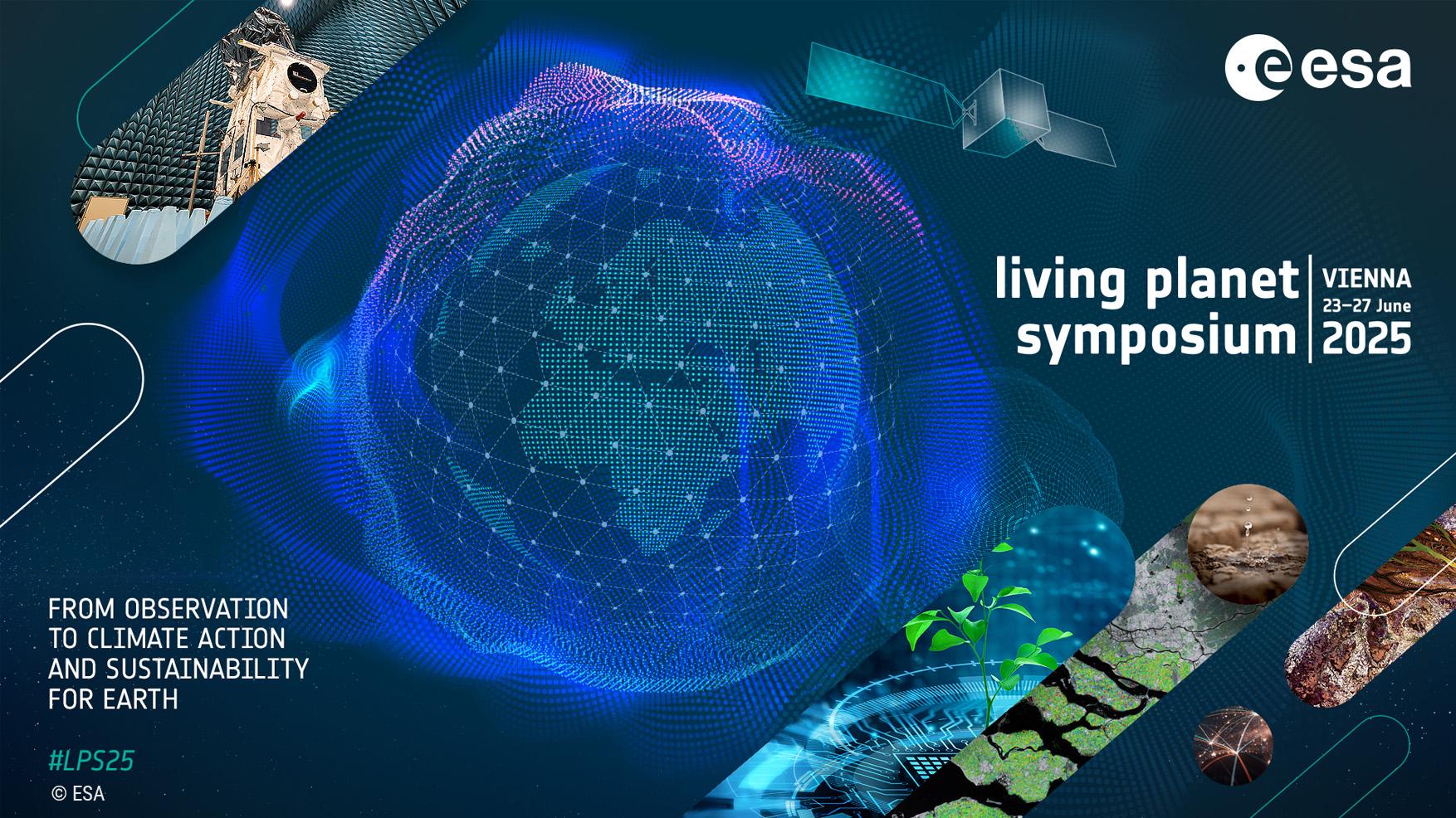European Space Agency
1115 readers
1 users here now
The European Space Agency community
founded 2 years ago
MODERATORS
1
2
3
4
5
Space Park Leicester and the ESA are Building a Lab that Could House Extraterrestrial Samples Someday
(www.universetoday.com)
5
6
7
8
9
10
11
12
13
1
The Exploration Company Unveils Proposed Crew Capsule - European Spaceflight
(europeanspaceflight.com)
14
15
16
17
1
CNES Taps ArianeGroup to Lead Reusable Rocket Engine Project - European Spaceflight
(europeanspaceflight.com)
18
19
1
How ATMOS Space Cargo is shaping Europe's spaceflight future through reentry capsules
(www.nasaspaceflight.com)
20
21
22
23
24
25
1
ESA may be forced to axe or freeze planned missions amid proposed NASA budget cuts
(www.euronews.com)
view more: next ›



